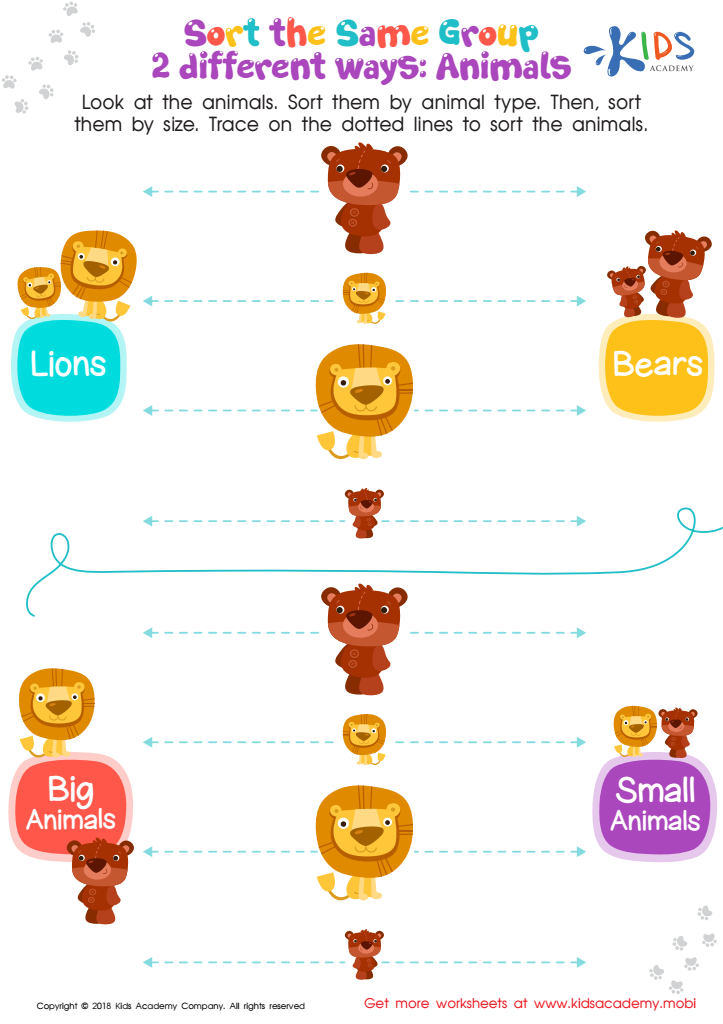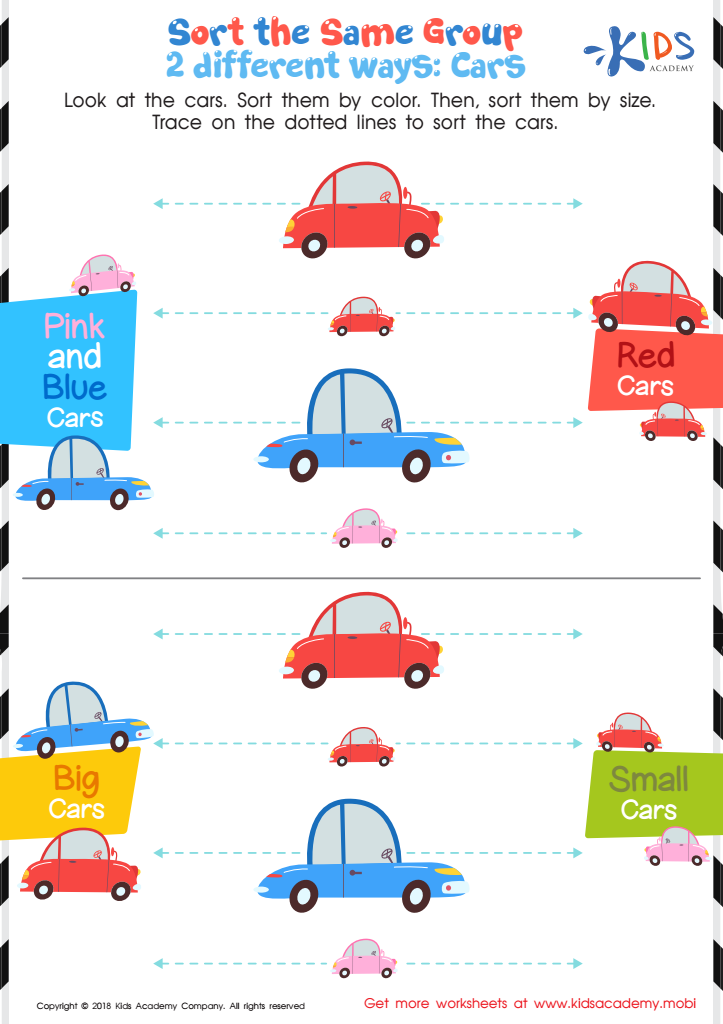-
English
-
English Pre-K
-
Unit 1: Early Literacy Skills
-
ABCs
- Pre-writing Activities
- Letter A
- Letter B
- Letter C
- Letter D
- Letter E
- Letter F
- Letter G
- Letter H
- Letter I
- Letter J
- Letter K
- Letter L
- Letter M
- Letter N
- Letter O
- Letter P
- Letter Q
- Letter R
- Letter S
- Letter T
- Letter U
- Letter V
- Letter W
- Letter X
- Letter Y
- Letter Z
-
Phonological Awareness
- Rhyming Words
- Letter Sounds B, C, D, and F
- Letter Sounds G, H, J, and K
- Letter Sounds L, M, N, and P
- Letter Sounds Q, R, S, and T
- Letter Sounds V, W, X, Y, and Z
- Letter Sounds A, E, and I
- Letter Sounds O and U
- Beginning Sounds
- Matching Letters to Sounds
-
ABCs
-
Unit 2: Vocabulary
-
Common Words
- Sorting Words into Categories
- Color Words
- Verbs and Adjectives
-
Sight Words
- Sight Words 'I' and 'Can'
- Sight Words 'You' and 'Like'
-
Common Words
-
Unit 3: Print Awareness
-
Parts of a Book
- Working with a Book
- Spaces Between Words
- Text and Illustrations
-
Picture Books and Poems
- Picture Book Text Features
- Poem Text Features
- Signs and Labels in the Community
-
Parts of a Book
-
Unit 4: Reading Literature
- Questions About Stories
- Discussing Stories
-
Unit 5: Reading Informational Texts
- Retelling Details in a Text
- Questions About a Text
- Connections Between Events
- Text Features
- Describing Illustrations
-
Unit 1: Early Literacy Skills
-
English Pre-K
-
Math
-
Math for Pre-Kindergarten
-
Logic and Geometry
-
Matching and Sorting
- Same and Different
- Which One Is a Little Different?
- Objects That Go Together
- Sorting by Color and Size
- Sorting The Same Group in Different Ways
- Patterns
-
Shapes
- Shapes in Our Environment
- Naming Shapes Regardless of Size
- Making Shapes in Preschool
- Comparing Shapes
- Relative Positions
- Sorting Shapes
-
Matching and Sorting
-
Early Number Sense
-
Numbers 1–5
- Counting to 3
- Counting to 5
- Arranging Objects up to 3 Objects
- Arranging up to 5 Objects
- Writing Numbers 1–5
-
Numbers 1–5
-
Numbers up to 10
- Counting to 10
- Arranging up to 10 Objects
- Number 0
- Writing Numbers 6–10
- Breaking Down Numbers 6-10
-
Logic and Geometry
-
Math for Pre-Kindergarten
Sorting The Same Group in Different Ways with Your Preschooler
There are so many aspects of our world that are sorted into groups. Take the grocery store for example. Fruits and vegetables are located together, there is a section for bakery items, cereal has its own aisle. Sorting the items in this way makes it easier for us to find what we are looking for. Your dresser full of clothes is most likely sorted based on the type of clothing, we even sort things digitally into folders based on categories. Sorting is a natural process that allows us to find the things that we are looking for. Sorting helps preschoolers to develop observational skills in order to make connections between and among groups. Sorting also helps children develop other skills such as concentration, visual discrimination, and problem sovling. All of which are foundational math skills.
I was watching my four year old as he took out all of his toy dinosaurs and began putting them into groups. I asked him about the two groups and explained that one group had dinosaurs that walk on four legs in one group and all of the dinosaurs that walk on two legs. He was able to observe the characteristics of the dinosaurs in order to determine how they were alike and how they were different. I asked him if there was another way that he could make groups and he put the dinosaurs with long necks in one group and all the rest in another. I then asked him if I could make groups of dinosaurs and asked him to try to figure out how I had sorted them. I chose to sort them by color because I knew that he could be successful in figuring that out. Modeling the sorting process is a great way to get your child started with sorting activities.
Children naturally want to make sense of the world and putting objects into groups is one way to do that. The great thing about sorting is that it is an activity that can be done with just about any set of toys or household items. Here are a few suggestions:
- Blocks
- Buttons
- toy animals
- Socks
- Stuffed animals
Encourage your child to use the same items and sort them in a variety of ways. This fosters connection making and requires more complex thinking skills.
In this video, your child will learn about sorting the same group of objects in two different ways; by color and then by size.
Your child will take a trip to the zoo and to a car park with these adorable sorting activities. Using bears and lions, as well as different cars, your child will need to sort based on type, color and size.
You may have noticed that your child likes to make collections of items when you go for a walk. Nature is a great place to encourage your child to make observations and learn about the world. This video uses leaves to show that we can sort the same group of objects in different ways. Next time you and our child go for a walk give it a try!
Putting things together in groups that have something in common helps to keep our world organized and easier to navigate. This early learning skill is also a building block for many other problem solving skills that your child will develop. Use our catalogue to explore more ways to support your child.
By: Nora Brown
Elementary School Teacher



